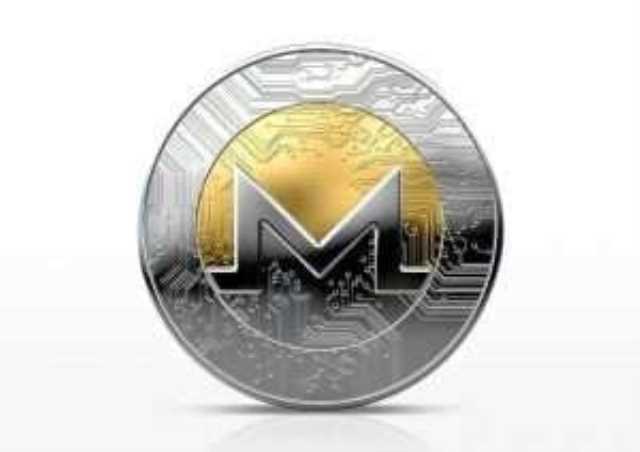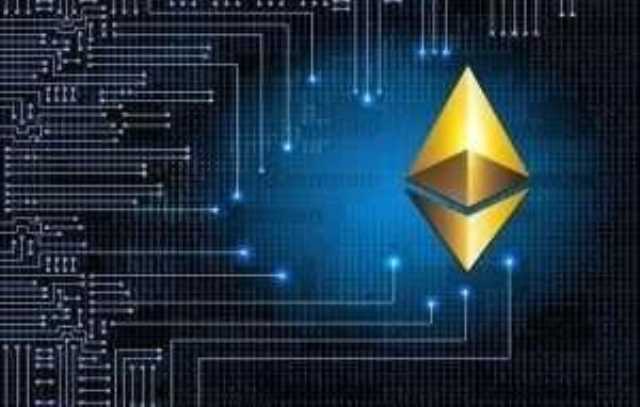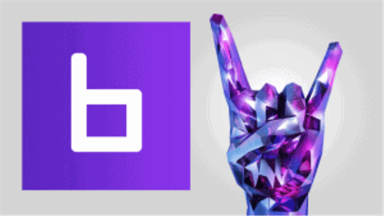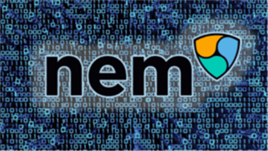
Second, you are also able to apply traditional investment principles to investing in cryptocurrencies and the blockchain. For example, you can invest the same amount of money into Bitcoin each month regardless of price (dollar-cost averaging) to remove any emotion out of the investment process. Luckily solutions are being built to improve scalability and the speed of transactions. For example, the lightning network allows transactions to happen off the Bitcoin blockchain to speed up transactions. On Ethereum, many innovative Layer 2 (L2) solutions are being developed to improve scalability and speed including rollups, zero-knowledge proofs and side chains.
What are some concerns around the future of blockchain?
Not only does this make blockchain-based transactions more expensive, but it also creates a large carbon burden on the environment. Beyond cryptocurrency, blockchain is being used to process transactions in fiat currency, like dollars and euros. This could be faster than sending money through a bank or other financial institution as the transactions can be verified more quickly and processed outside of normal business hours.

Lessons From the Crypto Winter
- In cryptocurrency applications, this means a single entity could gain control of more than 50% of all cryptocurrency mining or staking.
- As we know after a block has been added to the end of the blockchain, previous blocks cannot be changed.
- Every business and organization engages in many types of transactions every day.
- In the real world, the energy consumed by the millions of devices on the Bitcoin network is more than Pakistan consumes annually.
- On some blockchains, transactions can be completed in minutes and considered secure after just a few.
You can’t actually invest in blockchain itself, since it’s merely a system for storing and processing transactions. “If the owner of a digital asset loses the private cryptographic key that gives them access to their asset, currently there is no way to recover it—the asset is gone permanently,” says Gray. Because the system is decentralized, you can’t call a central authority, like your bank, to ask to regain access. Supply chains involve massive amounts of information, especially as goods go from one part of the world to the other.
There are two types of costs blockchain could reduce for you: the cost of verification and the cost of networking.
You’ll learn about cryptocurrencies like Bitcoin and Ethereum, NFTs, smart contracts, and even the metaverse. You can also check out the top programming languages to learn if you want to get into blockchain development. If someone who lives in the U.S. wants to purchase land in Jamaica but is currently visiting France, the transaction would be just as easy and inexpensive as it would if they were actually in Jamaica. The more financial institutions adopt blockchain technology, the more common these kinds of transactions will become. Blockchains can serve as a way to track and verify ownership of assets via NFTs that represent ownership of in-game digital items and collectibles. Players can tap into a global liquidity pool and trade in-game assets at decentralized marketplaces while maintaining full custody over them, enabling fully community-owned blockchain games.
Drawbacks of Blockchains

But given its tweaks to the old ledger tech, it now sports a few features that would be considered impossible in the soon-to-be old world of today. When you give a bartender your driver’s license, all that person needs to know is your age. But you’re revealing so much more — your address, your height, whether you’re an organ donor, etc. Blockchain is a term widely used to represent an entire new suite of technologies.
Understanding Blockchain Technology

The computational power required for certain functions — like Bitcoin’s proof-of-work consensus mechanism — consumes vast amounts of electricity, raising concerns around environmental impact and high operating costs. Addressing this challenge requires exploring alternative consensus mechanisms, such as proof of stake, which consume significantly less energy while maintaining network security and decentralization. Aside from saving paper, blockchain enables reliable cross-team communication, reduces bottlenecks and errors while streamlining overall operations. By eliminating intermediaries and automating verification processes — done via smart contracts — blockchain enjoys reduced transaction costs, timely processing times and optimized data integrity. Every node has its own copy of the blockchain and the network must algorithmically approve any newly mined block for the chain to be updated, trusted and verified. Since blockchains are transparent, every action in the ledger can be easily checked and viewed, creating inherent blockchain security.
Today, tens of thousands of other cryptocurrency systems are running on a blockchain. But it turns out that blockchain is a reliable way of storing data about other types of transactions. Because each block contains the previous block’s hash, a change in one would What is Blockchain change the following blocks. The network would generally reject an altered block because the hashes would not match. Just imagine there is a who hacker runs a node on a blockchain network, he wants to alter a blockchain and steal cryptocurrency from everyone else.
Though compared to the days-long wait required to wire money across the globe, or even to clear a check, Bitcoin’s ten-minute delay is quite remarkable. Experts are looking into ways to apply blockchain to prevent fraud in voting. In theory, blockchain voting would allow people to submit votes that couldn’t be tampered with as well as would remove the need to have people manually collect and verify paper ballots. Like the early tech boom, the blockchain movement is generating plenty of innovations. They may all be unique, but they won’t all succeed or gain mass adoption.
Explainer: What is a blockchain?
A blockchain system consists of two types of record, transactions and blocks. Transactions are simply the actions carried out in a particular period, these are stored together in a block. First https://www.tokenexus.com/ implemented in 2009, the technology consists of ‘blocks’ that hold batches of timestamped transactions, with each block linked to the previous one through cryptography, thus forming a chain.